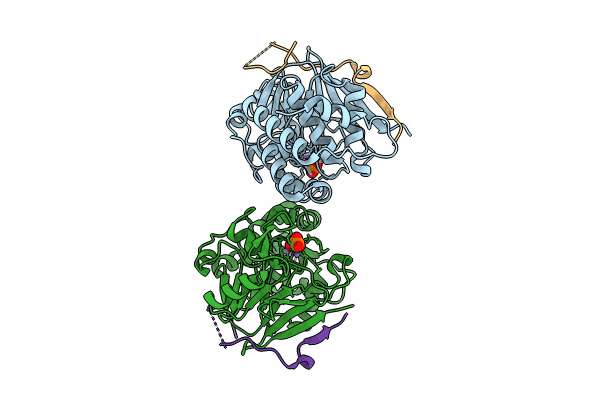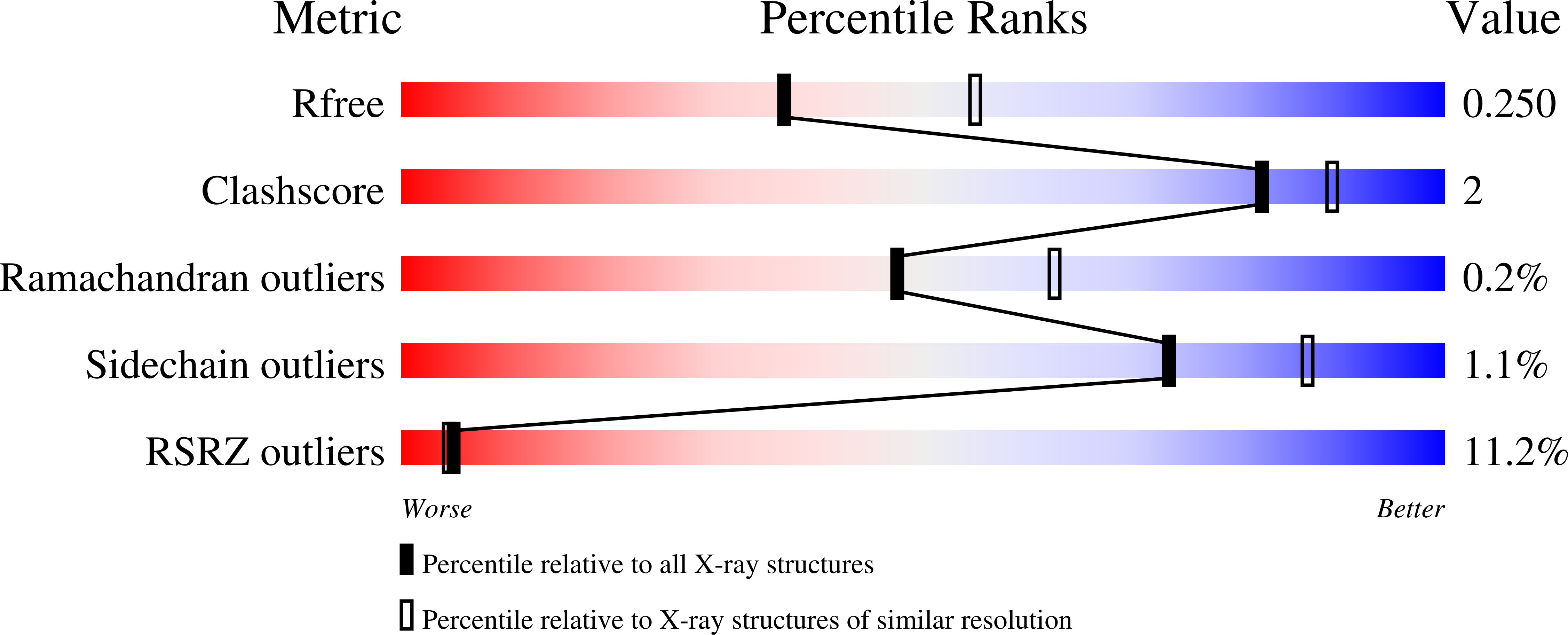
Deposition Date
2023-05-17
Release Date
2024-05-29
Last Version Date
2024-11-06
Entry Detail
PDB ID:
8SW5
Keywords:
Title:
Protein Phosphatase 1 in complex with PP1-specific Phosphatase targeting peptide (PhosTAP) version 1
Biological Source:
Source Organism:
Homo sapiens (Taxon ID: 9606)
Host Organism:
Method Details:
Experimental Method:
Resolution:
2.39 Å
R-Value Free:
0.25
R-Value Work:
0.20
R-Value Observed:
0.21
Space Group:
P 41 21 2


